Story Detail
Outlook 2020
Economy
Some elements of uncertainty detected at the end of 2018 showed no signs of abating in 2019. International trade relationships remained impacted by conflicts between major economic powers; the punitive tariffs that were introduced are a step back for free and fair trade. September 2019 saw a significant rise in repo rates. These events often provide valuable information for the critical analysis of specific parameters. In addition, global levels of indebtedness remain high. Brexit has been finalised: in February 2020, the UK ceased to be a member of the European Union. Uncertainties remain about the consequences of this exit from the EU, and many questions have to be clarified during the eleven-month transition phase.
In 2020, global cooling-off risks (e.g. pandemic) are to be expected. However, positive impulses are anticipated in the medium term.
Interest rates
Movements in exchange and interest rates once again reflect changes in the national economic mood. Various factors and the economic outlook are constraining the central banks’ freedom regarding their monetary policies. Since the end of 2015, the US Federal Reserve has been steering a course toward the normalisation of monetary policy with numerous interest rate moves. This process ground to a halt in 2019, with the US Federal Reserve lowering the federal funds rate target range in July, September and October, each time by 25 basis points, to its current level of 1.5%–1.75%. The last time it was increased was in December 2018. These steps are intended to counteract the risk of an economic slowdown.
Given the Swiss inflation forecast (2019: 0.4%; 2020: 0.1%; 2021: 0.5%), the SNB’s expansionary monetary policy continues to be necessary. The newly introduced SNB policy rate was set at –0.75% in June 2019. The interest rate on sight deposits (penalty) remained negative, at –0.75%. There is an increased risk that short-term interest rates may move even deeper into negative territory (according to JLL | The elephant in the room – thoughts on very low negative interest rates, December 2019).
In 2019, long-term interest rates reached new historic lows. In mid-August 2019, the yield from 10-year Swiss government bonds fell below –1.0% for the first time and was around –0.5% in December. Seen in a longer-term context, the value of the franc continues to be strong. Due to simmering global conflicts, further revaluation of the Swiss franc or a retreat into safe haven investments is possible.
Swiss Prime Site therefore expects negative short-term interest rates to continue in Switzerland. Yields on 10-year government bonds might well continue to be negative.
Retail floor space
Retail trade continues to experience structural changes. Retail floor spaces in excellent locations are holding up well. Landlords of retail spaces in B or C sites and away from the high flows of pedestrians are increasingly struggling with vacancies or rent reductions.
According to Wüest Partner in the middle of 2019 approximately 40% more retail space was advertised across the whole of Switzerland than on average over the last ten years. Particularly in small and medium-sized centres, but also in large centres and their agglomerations, available floor space is expected to increase further.
(Re-)lettings are showing a preference for more compact, more flexible spaces. Clear retail formats that radiate exclusivity are likely to be most successful. Hybrid, flexible concepts such as retail plus office or exhibition plus shop may also yield opportunities. Retail space concepts – particularly for department stores – tend to focus on food & gastronomy, services or luxury. Prospects for ground floor sites are still good, as they benefit from the visibility offered by store fronts. A carefully designed entrance area also enhances initial impressions and makes it easier to guide customers.
In some locations, pulling back from more traditional sectors in favour of surprising, creative concepts should be considered. This is a skilful way of playing to the strengths of bricks-and-mortar retail and dovetailing with digital channels and online suppliers.
Office floor space
The office floor space market continued to show positive trends and signals in 2019. In some instances, there is extremely lively demand for office floor space. Major cities in particular have experienced a recovery, including in inner-city Zurich, classified as a central business district (CBD). This area has even reported rent increases. Inner-city sites benefit from their central locations and their status as a hub or cluster.
High-quality infrastructure and connections and contemporary designs, as seen in Hardbrücke in Zurich and Pont-Rouge in Lancy, Geneva, are instrumental in winning tenants. The situation remains more difficult in peripheral locations. Credit Suisse’s 2020 study of the office floor space market talks of an office market with two sides.
Digitalisation means becoming more flexible, faster and more responsive. How we work is changing, requiring new ways of working and learning. This flexibility and adaptability is one of the reasons for the increasing need for co-working spaces. 2019 saw the opening of numerous jointly used work spaces, including the «FlexOffice» areas in Berne, Geneva and Zurich or «Tadah» in YOND, «Spoom» in Glattpark, «Spaces» in Ambassador House in Zurich and «Suurstoffi» in Rotkreuz. «Spaces» will shortly be opening further co-working areas in Zurich, Zug and in «The Circle» at Zurich Airport. The range of offerings continues to expand, and some regions may even develop excess capacity.
At the same time, digitalisation and personalised automation are providing further impetus, resulting in more and more office space being created. Job descriptions still include an office-based workspace, but one that is adapted to changing modes of working and learning – especially for the younger generation. Such working environments stand out and are increasingly seen as an advantage when recruiting for talented, qualified employees. The outlook for the office floor space market in 2020 remains upbeat.
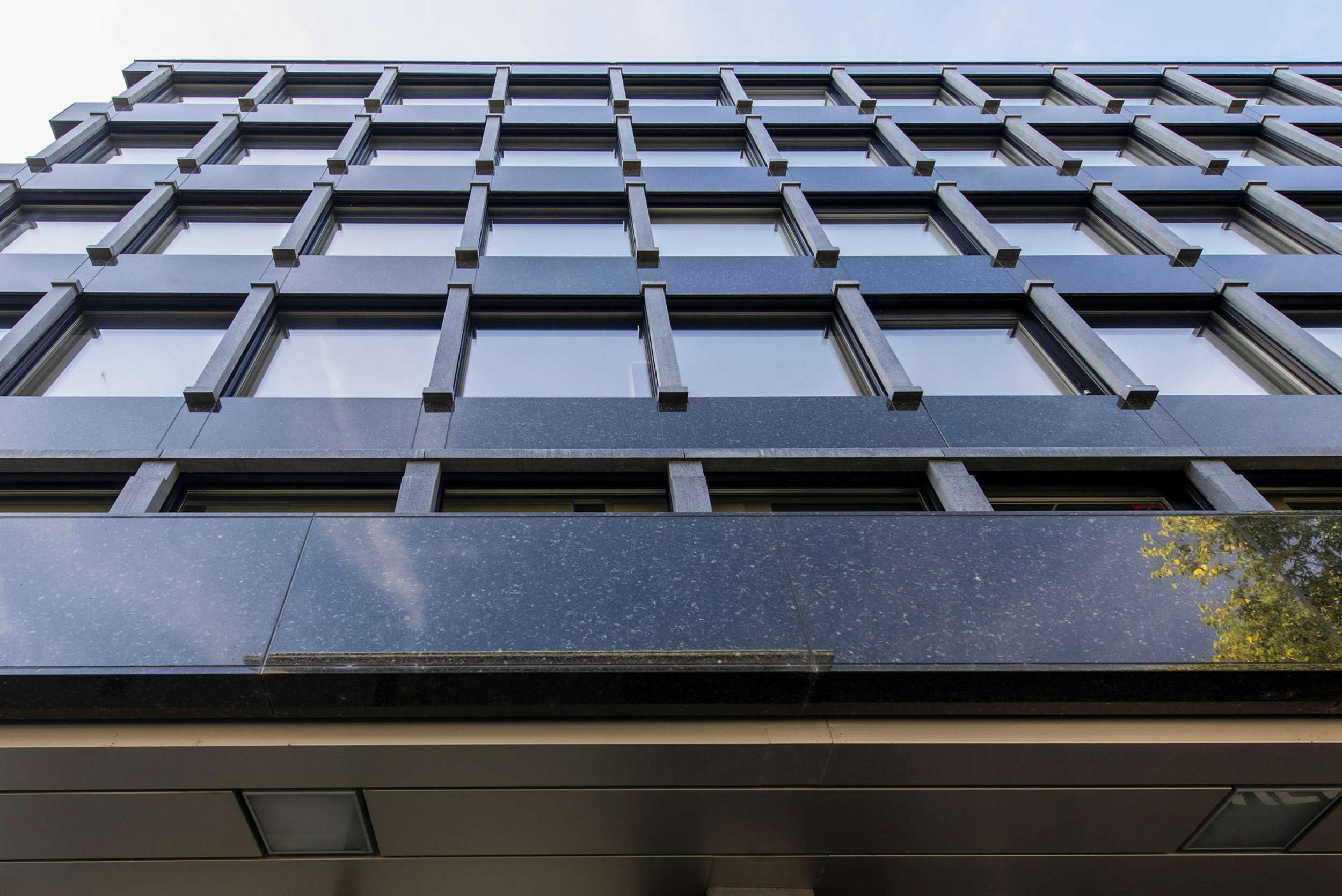

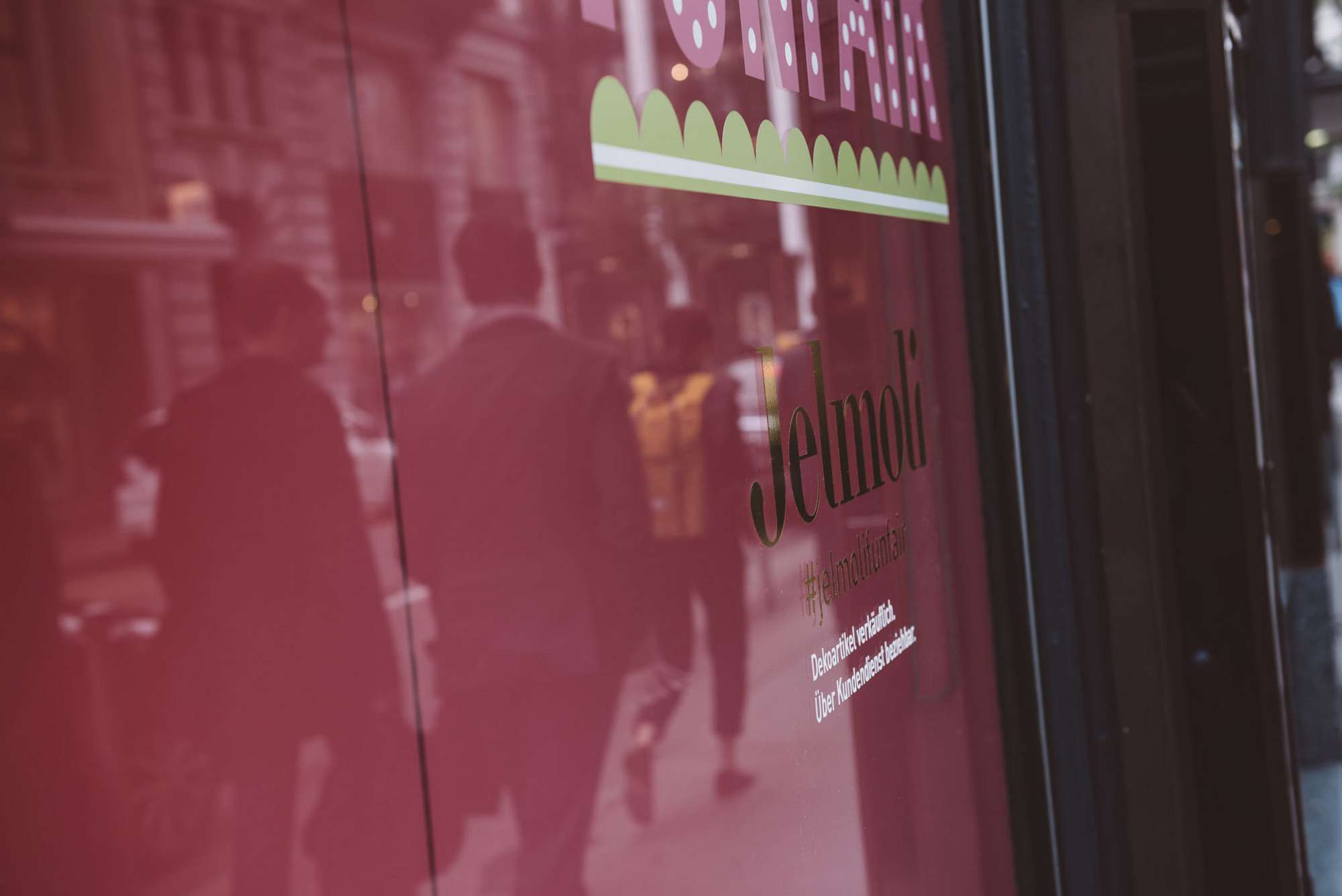
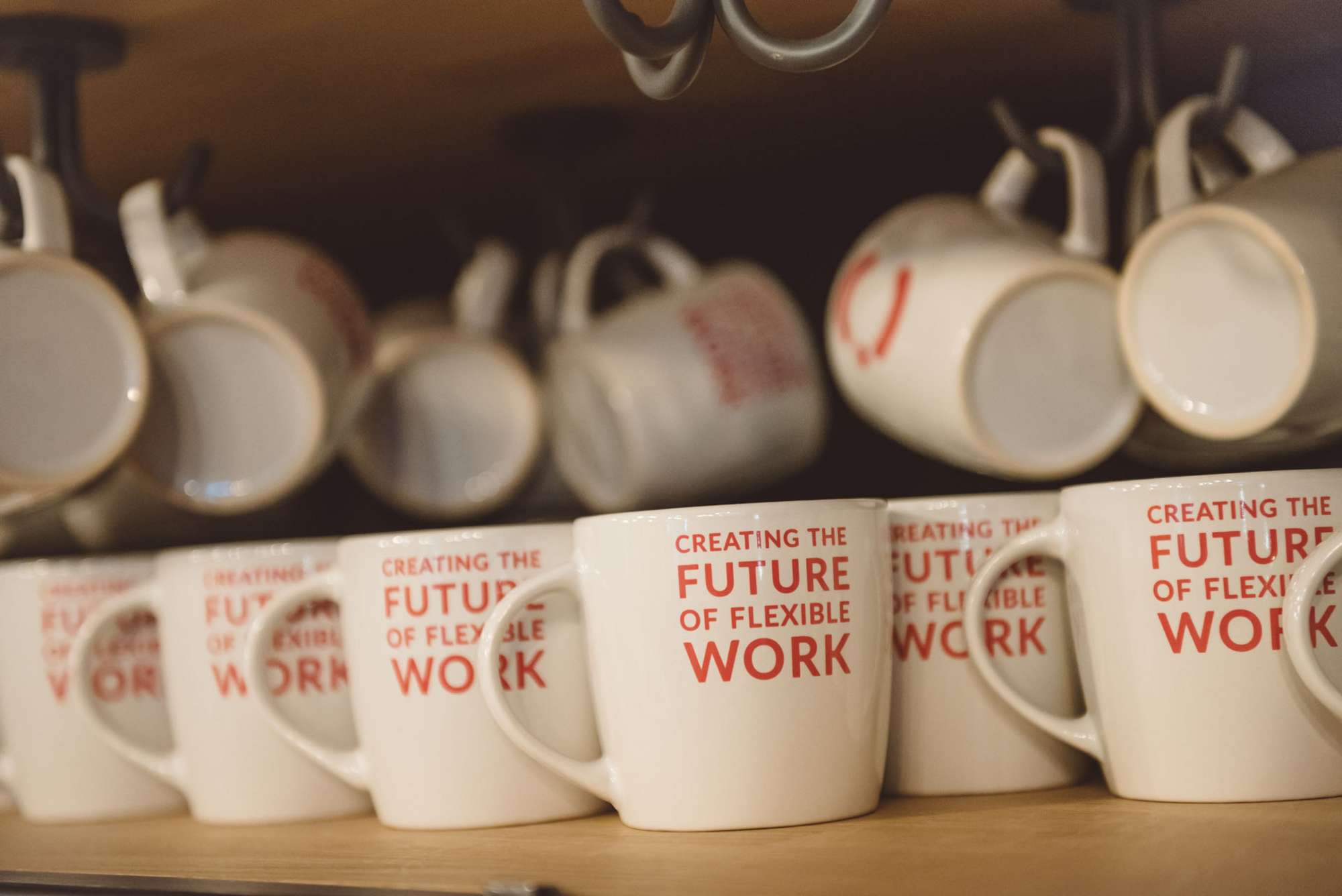
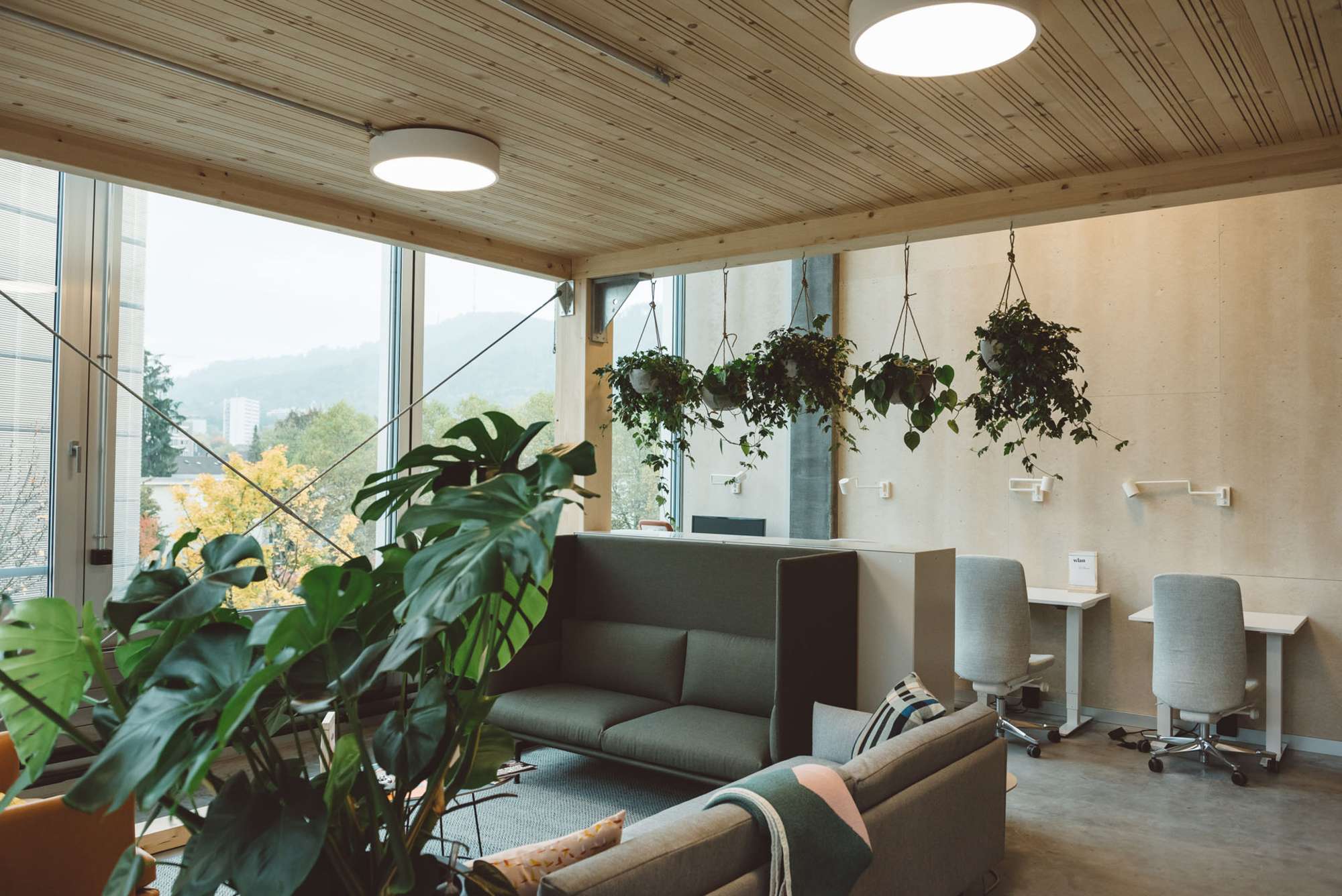
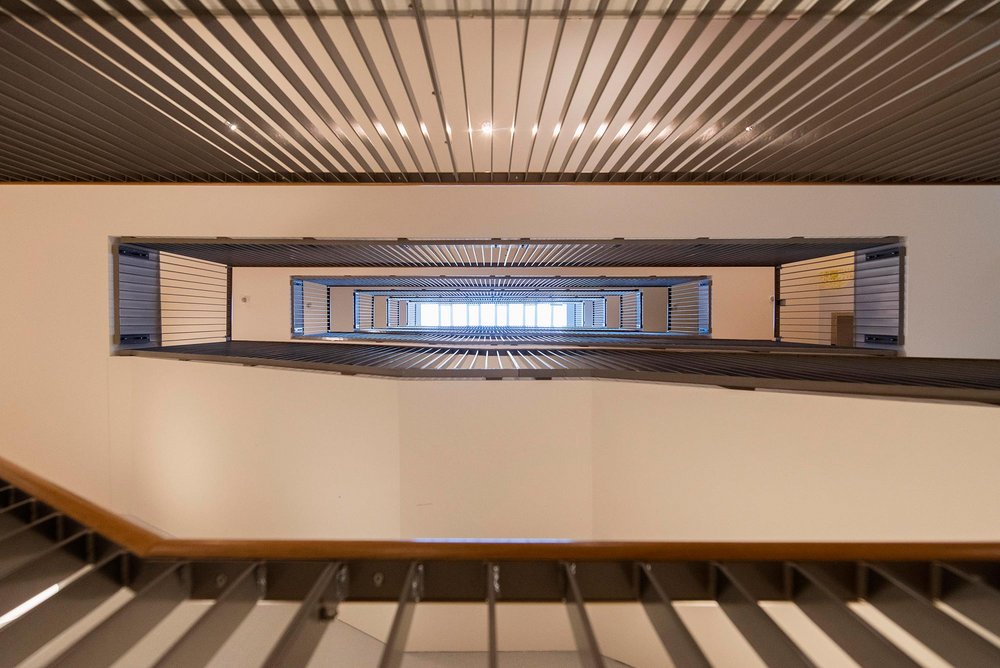
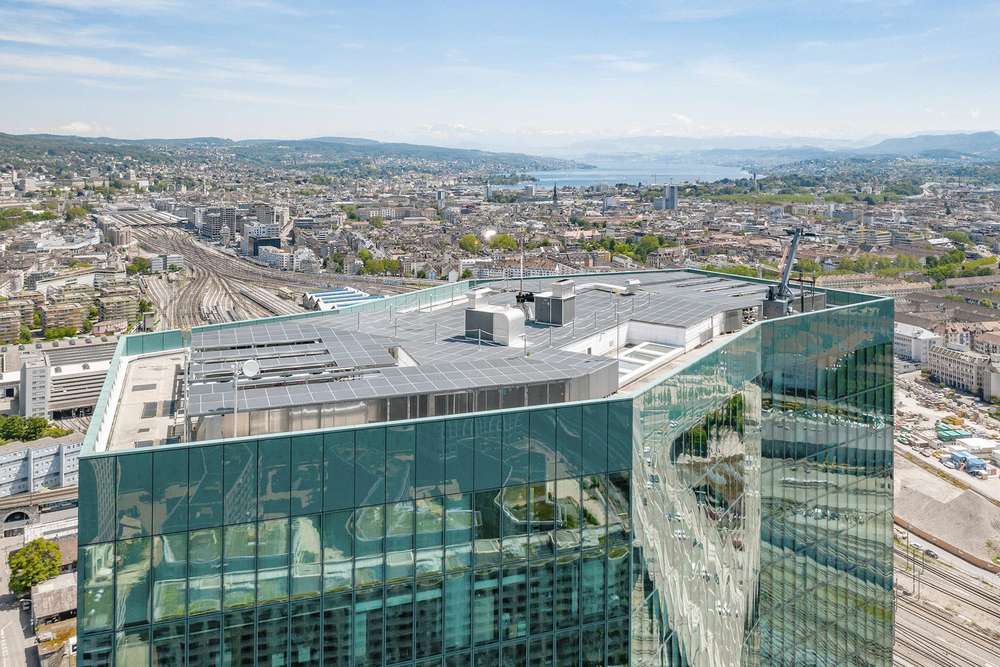
![[Translate to Englisch:] [Translate to Englisch:]](/fileadmin/_processed_/7/f/csm_PrimeTower_Zurich_BBPH_HD-9_b709855577.jpg)